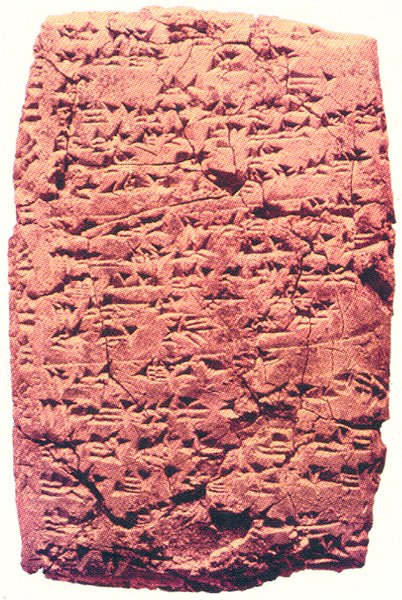Image Details

Moshe Kochavi
Ancient purchase order. This 13th-century B.C. tablet found at Tel Aphek, east of Tel Aviv, is inscribed with a cuneiform letter from Takuhlina, a governor of Ugarit, to the Egyptian governor in Canaan. The letter includes a request to buy wheat.
Some scholars have suggested that Moses would have carried similar tablets down Mount Sinai. The small clay tablets clearly fit the biblical description of small, hand-held slabs, and they were common at the time of Moses. But the production of cuneiform tablets is highly involved: First, it requires a source of good quality, soft clay that can be shaped into tablets. Then the characters are pressed into the clay. The biblical text makes no mention of a source of clay, and, more importantly, the Bible tells us the tablets were made of stone, not clay (Exodus 31:18, 34:1–4).
